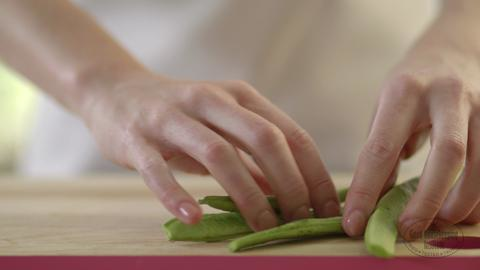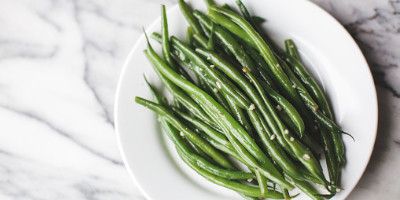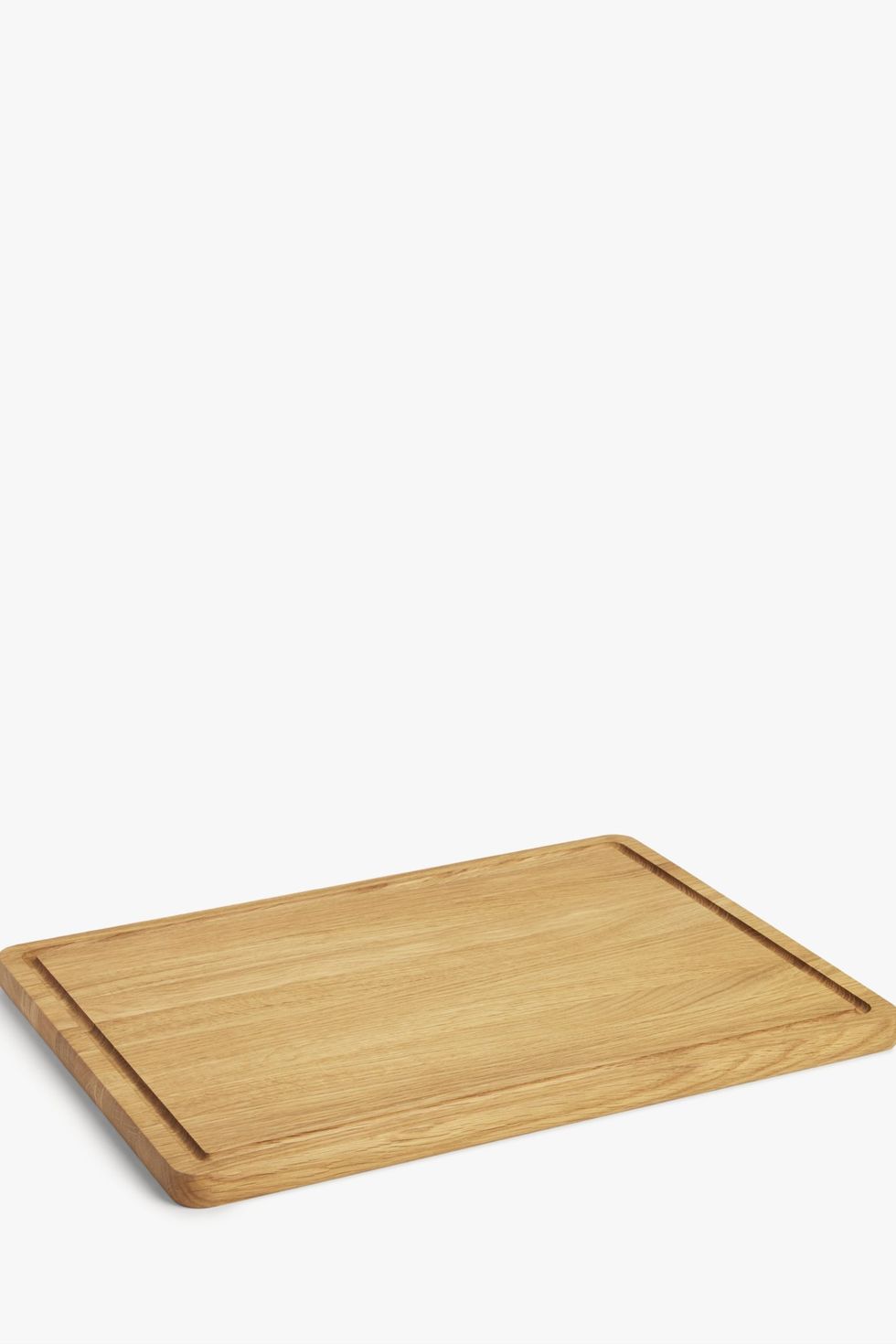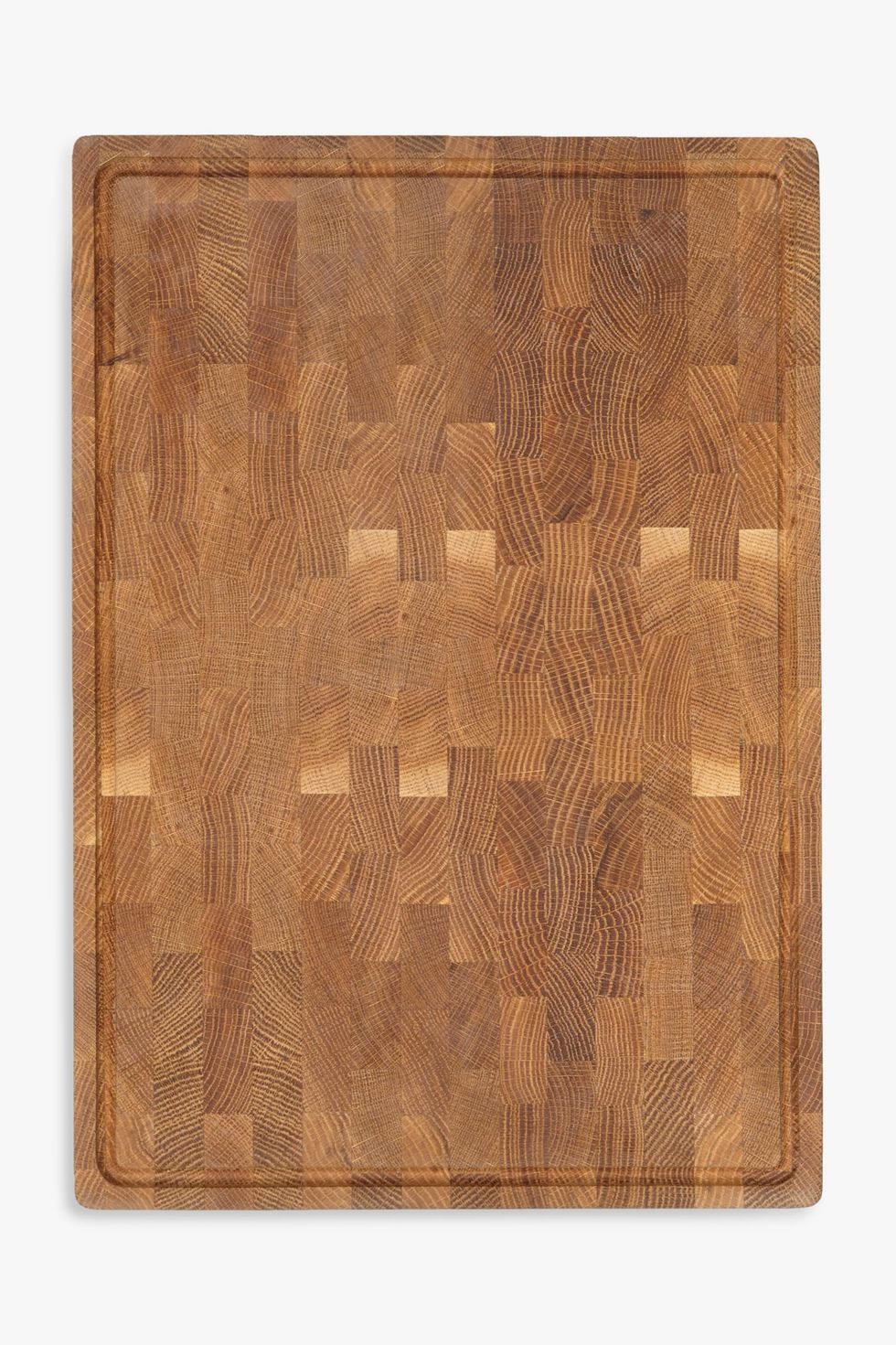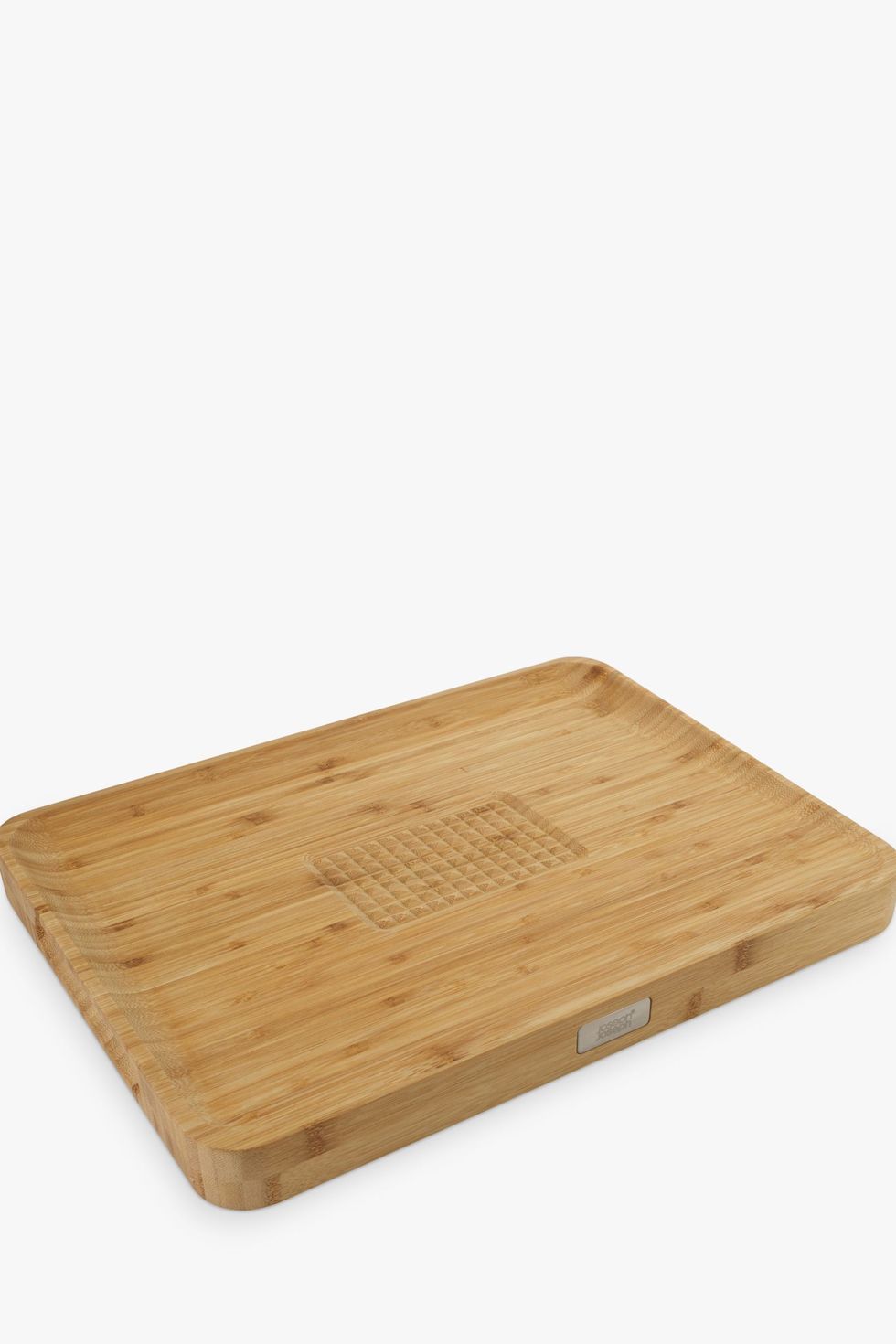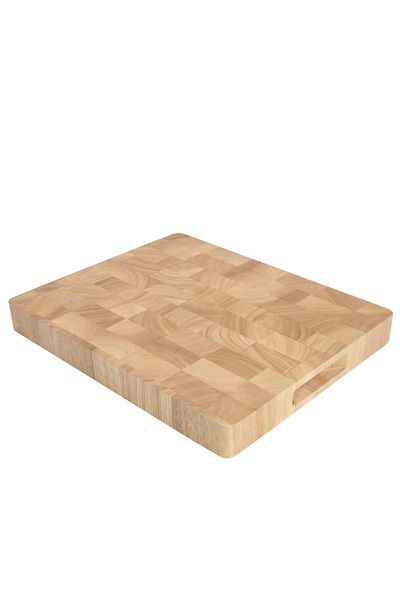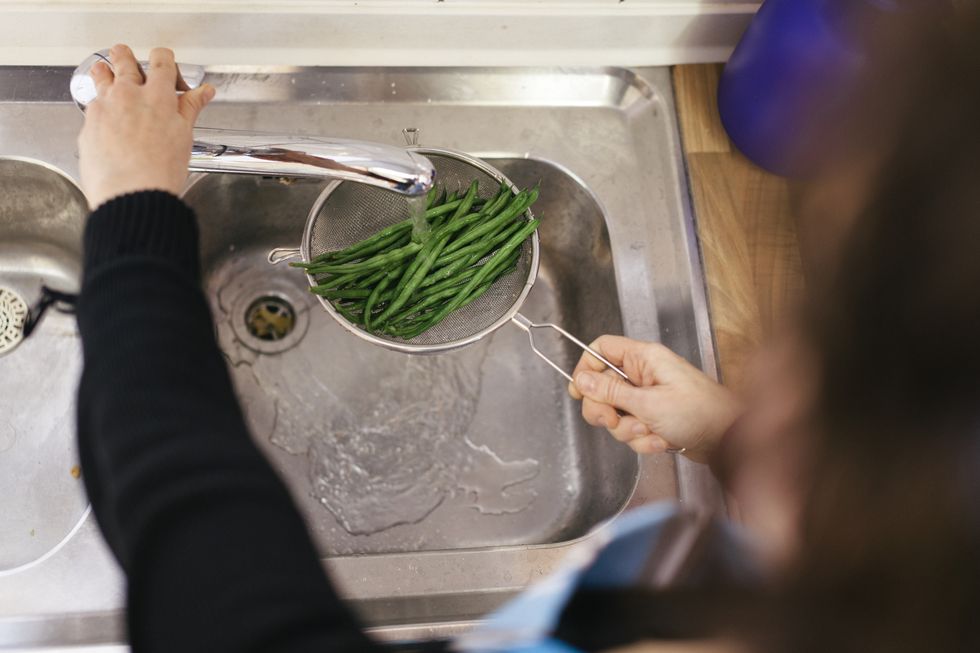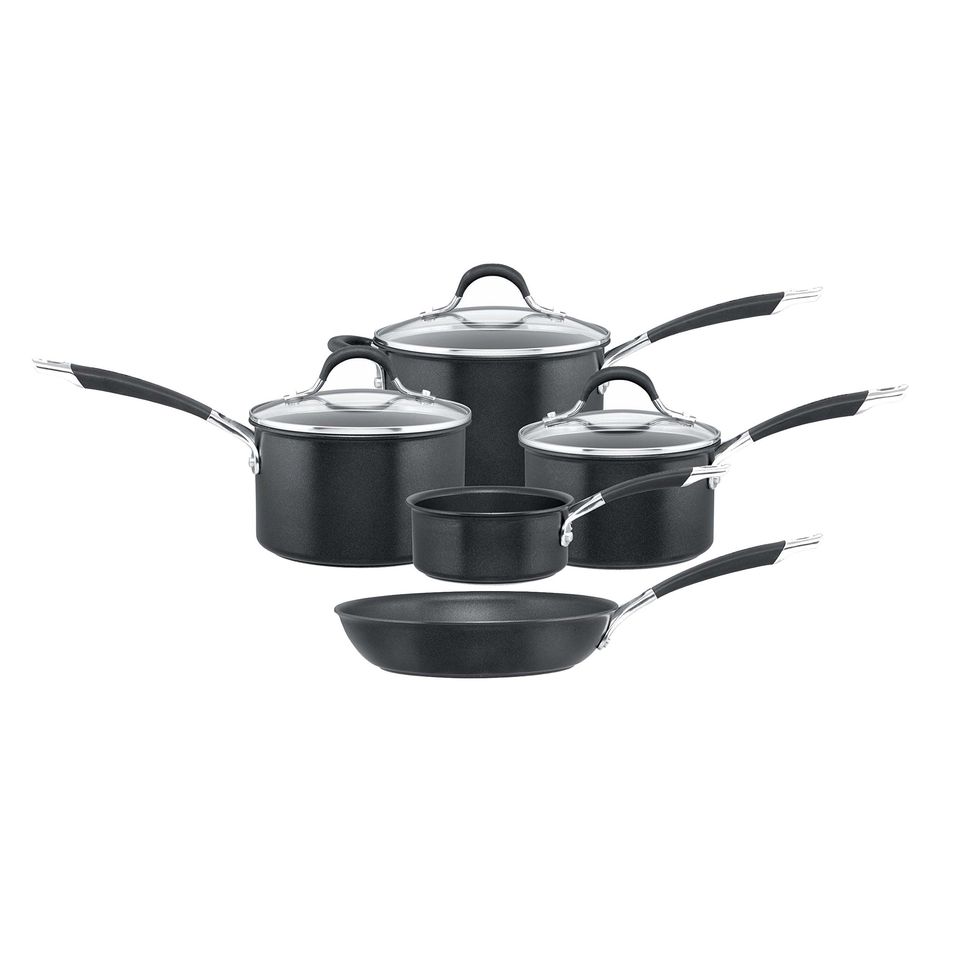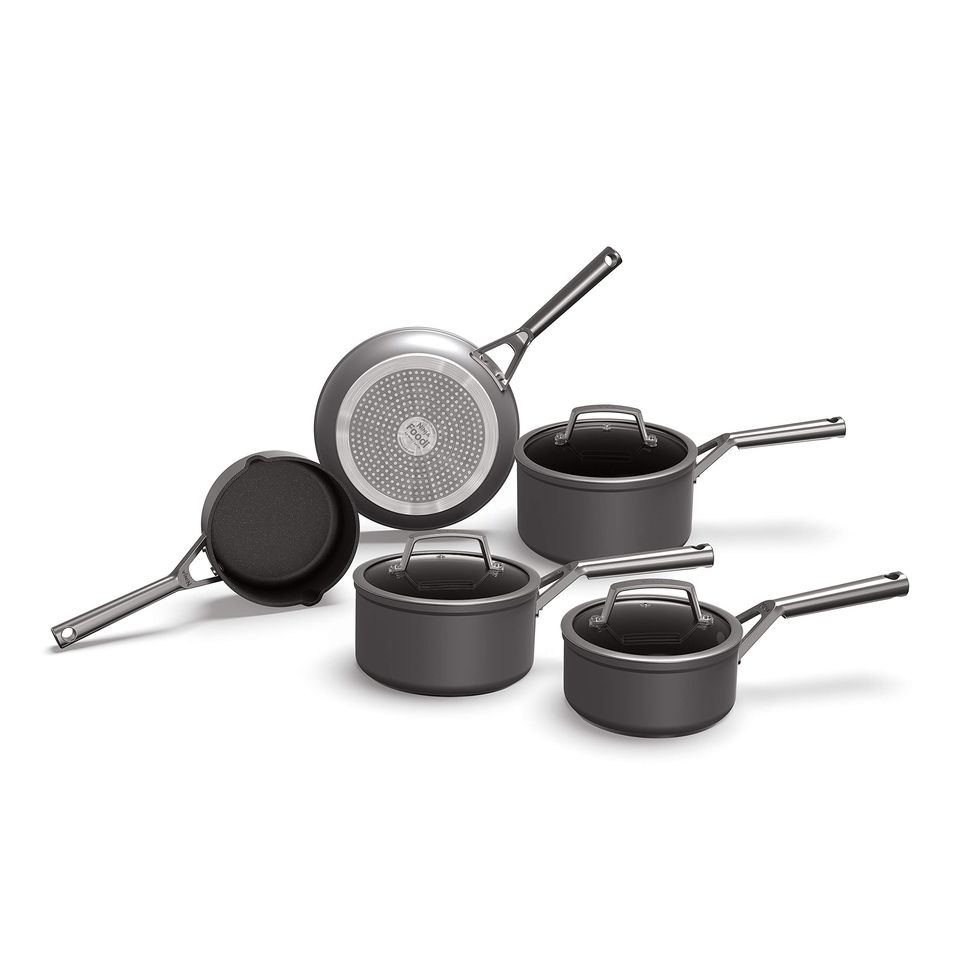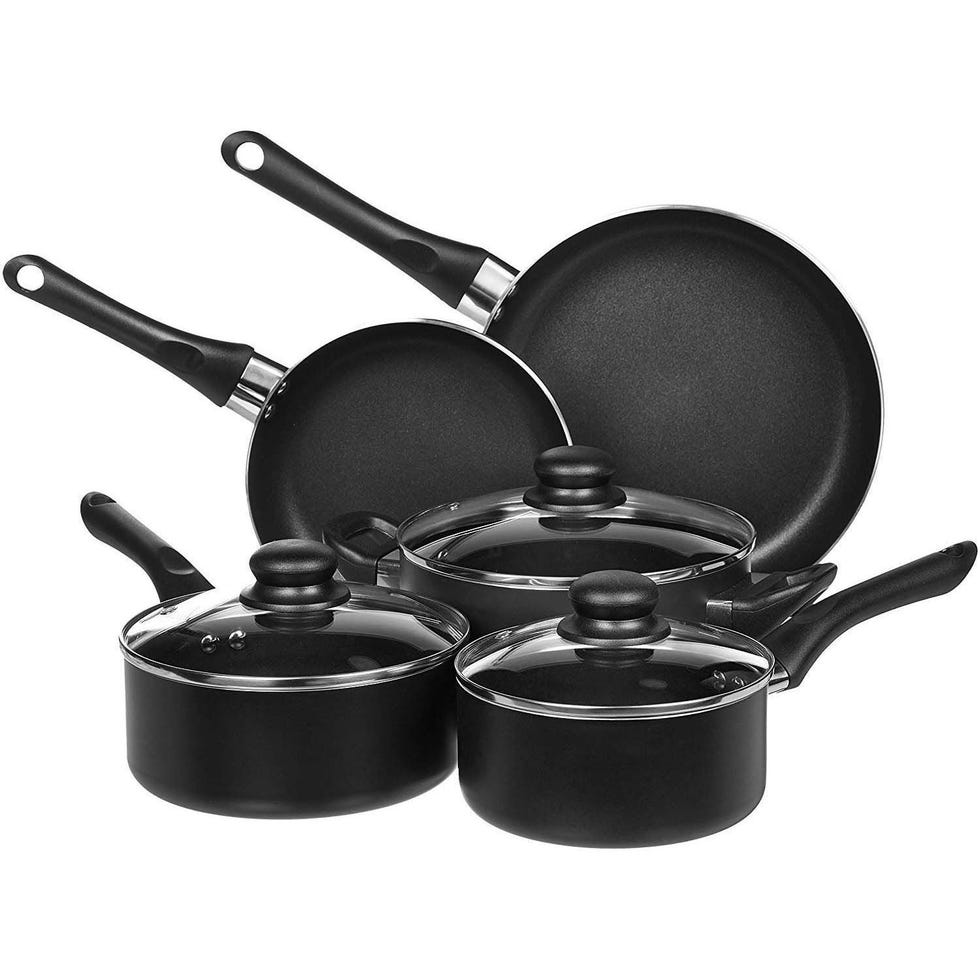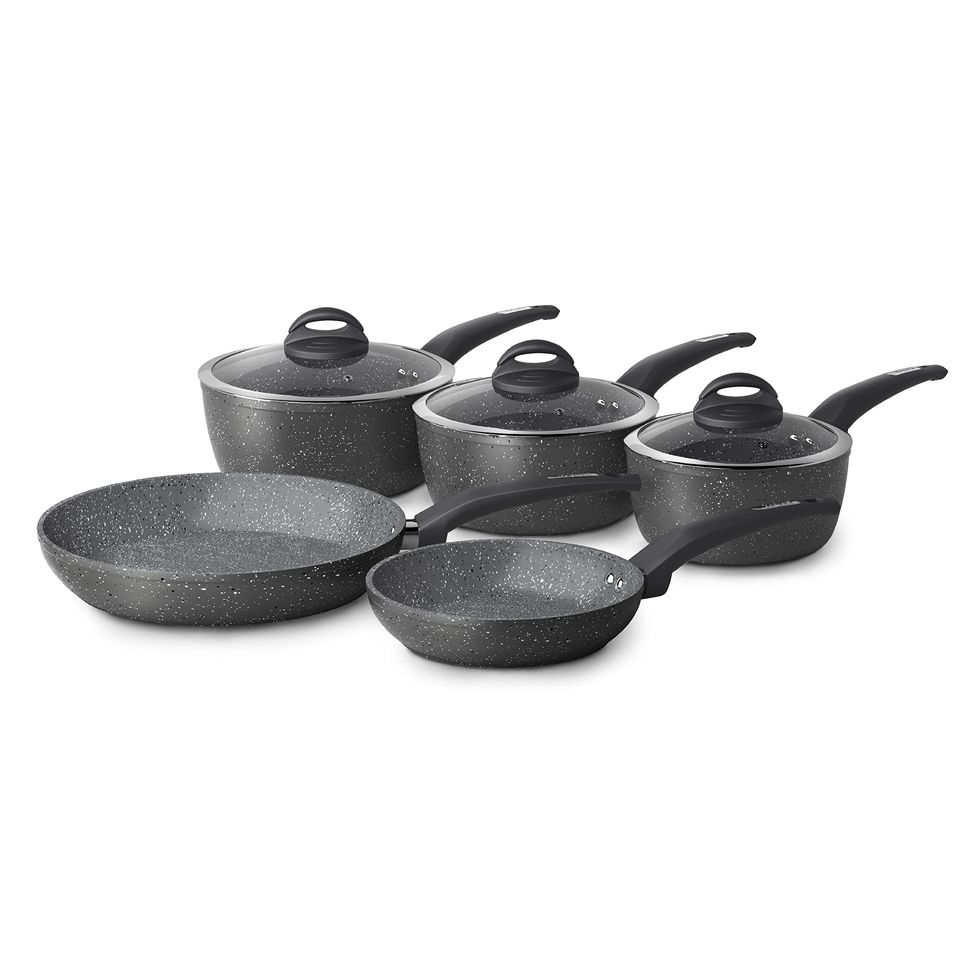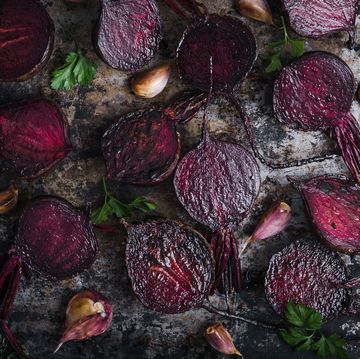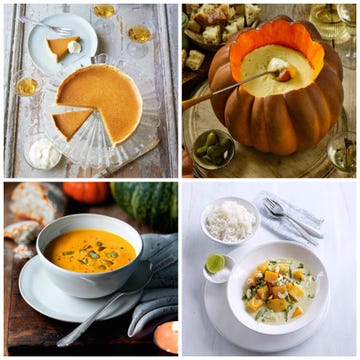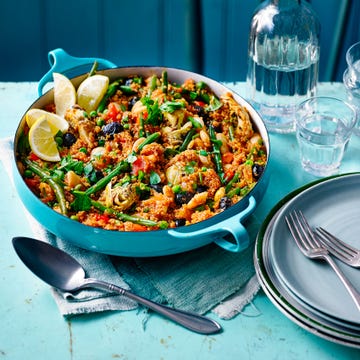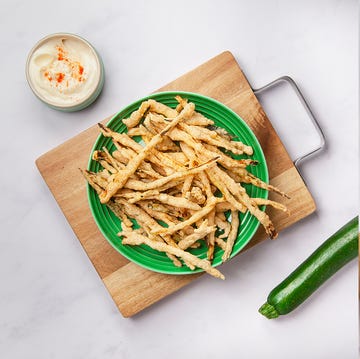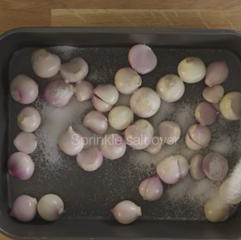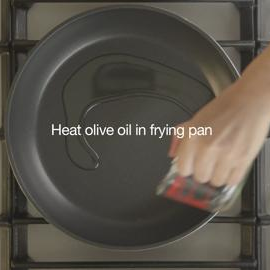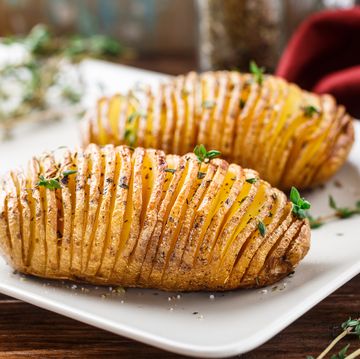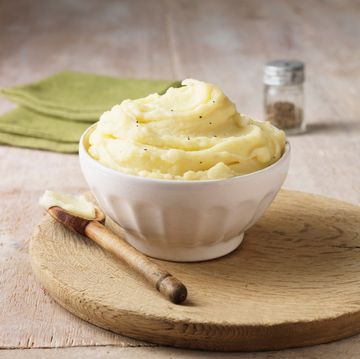Runner beans are one of the easiest veggies to grow, so you may find yourself with a giant glut, but not quite know what to do with all of them.
Follow our Good Housekeeping guide to preparing runner beans, and you’ll be dishing them up - in a multitude of delicious ways - in no time...
How do you store runner beans?
After you’ve harvested them, runner beans will keep in the fridge for 5-7 days. Pop them in a sandwich bag in the salad drawer. Don’t wash the beans before storing as it can accelerate them spoiling.
What to read next
How do you prepare runner beans?
Wash the runner beans in cold running water, then drain. Cut off the tough stalk. To save time, simply line up two to three beans on a board, and use a knife to cut through the tops of all of them in one motion.
You will need to remove the tough strings on the side of the beans as these are fibrous and unpleasant to eat. An easy way to do this is with a vegetable peeler: simply run it down the sides and discard the long string.
How do you cut runner beans?
The best way to slice runner beans is on the diagonal, into 1-2cm width pieces. This gives decent size pieces that also look professionally prepped. Lay the bean flat, angle your knife, and slice diagonally. Whatever width you choose, make sure you’re consistent with it, so the beans cook evenly.
How do I cook runner beans?
The easiest way to cook runner beans is to bring a pan of water to the boil, then cook the beans in the water for 3-4min (larger, older beans will require longer cooking). Drain the beans and rinse under cold water to stop them over cooking and going mushy.
You can then warm them through, season and serve buttered as a side, toss with other ingredients to make a warm salad, or you can use them in a dish such as a summery pasta or risotto.
Runner beans can also be steamed for 4-5min and used in the same way. Alternatively, you can stir fry them in hot oil for 2-3min.
Can I freeze runner beans?
If you’ve got more beans than you know what to do with, you can freeze them.
Raw beans won’t freeze well - they need to be sliced and lightly cooked (or ‘blanched’). Prep your beans, then cook them in boiling water for a minute, remove and then plunge into ice cold water so they stop cooking. Drain, pat dry, then lay the blanched beans in a single layer on a baking tray lined with parchment. Freeze until solid, then tip the frozen beans into a bag to store for up to two months (doing it this way means the beans stay separate, don’t freeze into one lump and you can use as many as you need).
To cook the beans from frozen, add to boiling water and cook for 5min, until tender.
What flavours go well with runner beans?
Creamy, citrus and nutty flavours work beautifully with the fresh zing of runner beans. Garlic and shallots are classic additions too. Cooked runner beans can be dressed with a vinaigrette, sprinkled with nuts or tumbled with crumbled goats cheese or ricotta and some lemon zest. We love them in this nutty, summery side dish.
A crack team of highly skilled food content producers, the GH Kitchen Team are Good Housekeeping’s resident recipe developers and all-round food obsessives. GH Kitchen Director Sarah Akhurst is our resident hosting pro and loves nothing more than putting on a foodie feast for friends. Senior Cookery Writer Alice Shields is a former pastry chef and baking fanatic who loves making bread and would have peanut butter with everything if she could. Lover of all things savoury, Senior Cookery Writer Grace Evans can be found eating nocellara olives at every opportunity, and will take the cheeseboard over dessert any time. With a wealth of professional kitchen experience between them, they’re dedicated to ensuring every Good Housekeeping recipe is the best it can be, so you can trust they’ll work every single time.
